Kingdom Animalia Suborder Serpentes Subfamily Colubrinae Phylum Chordata Rank Subspecies | Subphylum Vertebrata Family Colubridae Genus Lampropeltis Higher classification Lampropeltis getula Order Scaled reptiles | |
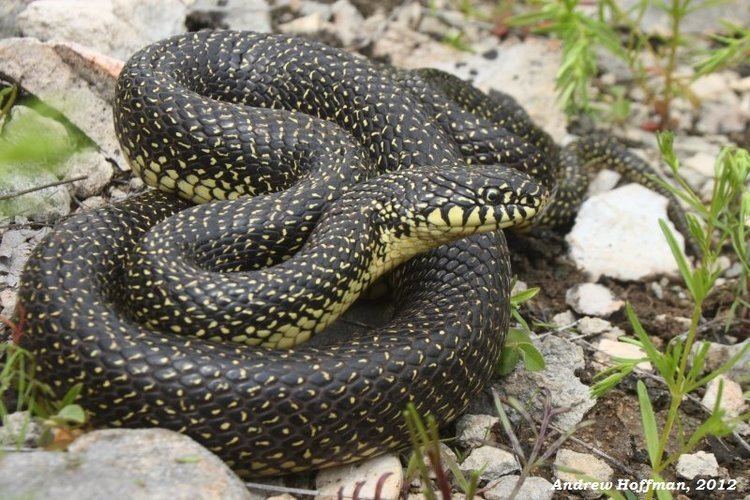 | ||
Scientific name Lampropeltis getula holbrooki Similar Kingsnakes, Snake, Lampropeltis getula, Reptile, Lampropeltis calligaster | ||
Speckled king snake lampropeltis getula holbrooki
Lampropeltis getula holbrooki, commonly known as the speckled kingsnake or black pepper snake, is a nonvenomous subspecies of kingsnake, which is endemic to the United States.
Contents
- Speckled king snake lampropeltis getula holbrooki
- Speckled kingsnake lampropeltis getula holbrooki or black pepper snake fort smith arkansas
- Description
- Distribution and habitat
- Diet
- Behavior
- Conservation status
- Taxonomy
- References
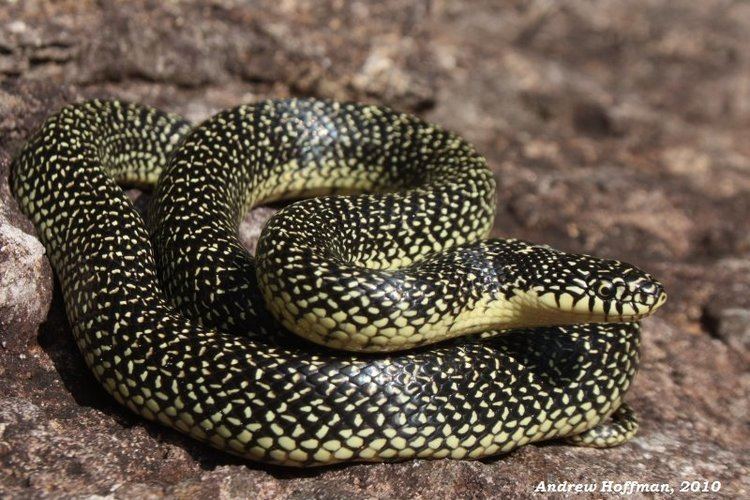
Speckled kingsnake lampropeltis getula holbrooki or black pepper snake fort smith arkansas
Description
Speckled kingsnakes usually grow up to 48 inches (120 cm) in total length (including tail), but the record total length is 72 inches (180 cm). The common name is derived from the pattern, which is black, with small yellow-white specks, one speck in the center of almost every dorsal scale. They are also known as the "salt-and-pepper snake".
Distribution and habitat
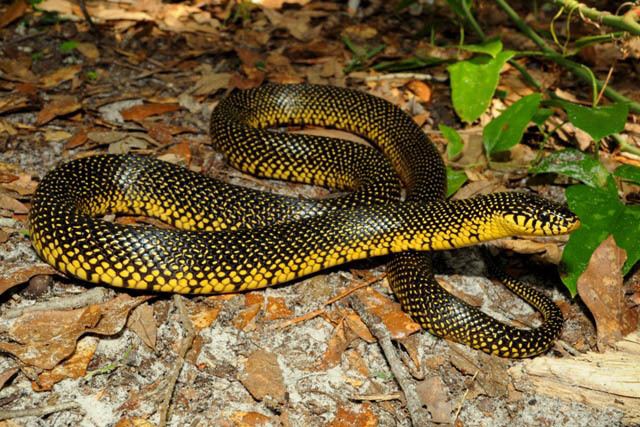
It is found in the central to southern United States from southern Iowa to the Gulf of Mexico. Its range overlaps that of the desert kingsnake, Lampropeltis getula splendida, and it is known to intergrade with that subspecies.
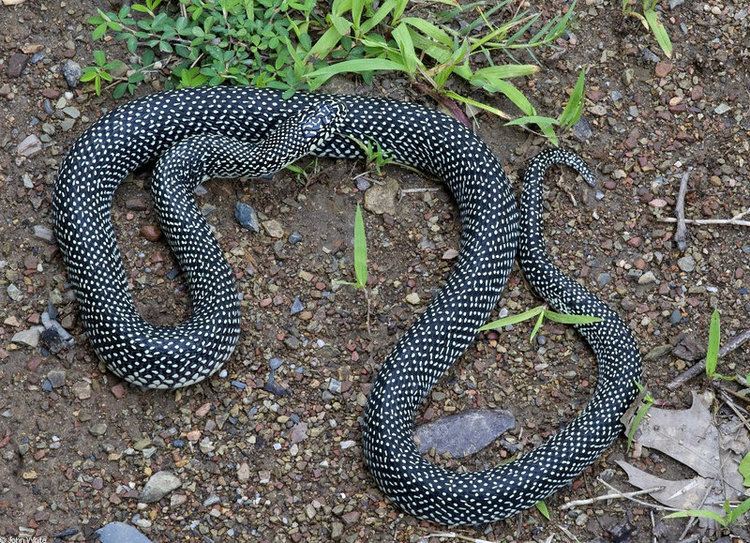
They prefer wetter habitats than other kingsnakes, like swamps and rivers, but they do commonly venture to dry areas like woodlands and grassy fields.
Diet
Their diet consists of mammals, birds, rodents, frogs, lizards and other snakes. They kill by constriction.
Behavior
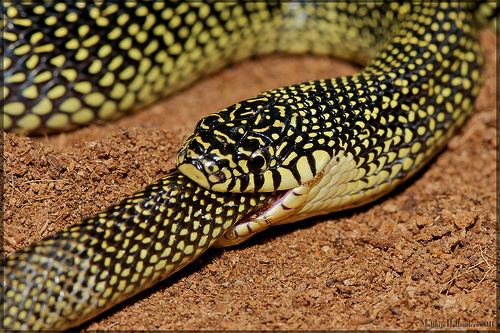
When threatened, the speckled kingsnake will shake its tail like a rattlesnake to deter predators. They frequently expel musk and feces or bite when threatened.

They are usually docile, often striking only one or two times after capture, and are frequently kept as pets. They are commonly captive bred.
Conservation status
The speckled kingsnake is listed as a threatened species in the state of Iowa.
Taxonomy
This snake was first described by Holbrook in 1842. At that time he called it Coronella sayi under the mistaken impression that it was the species previously described by Schlegel as Coluber sayi. In 1902 Stejneger pointed out that because Coluber sayi is a different snake (Pituophis catenifer sayi), the name sayi could not be applied to this snake. Therefore, he proposed the name Lampropeltis holbrooki, honoring Holbrook. It is currently considered a subspecies of L. getula.
